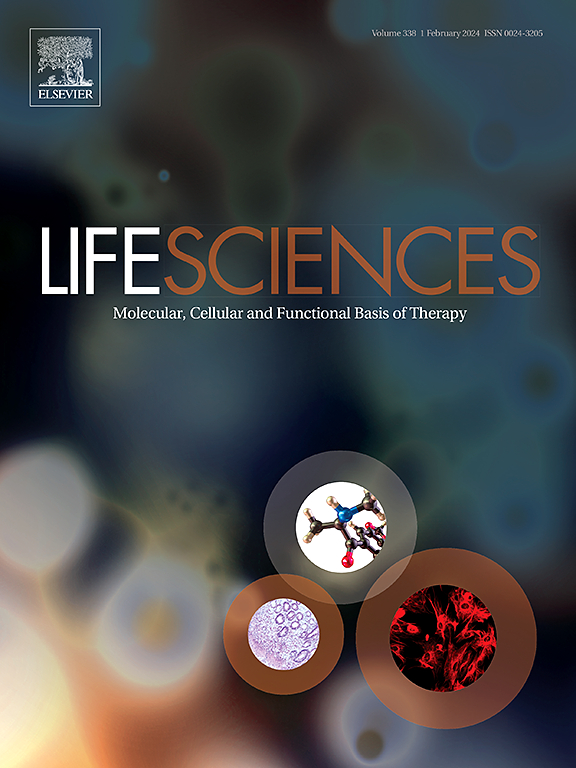Ethanol exposure during differentiation of human induced pluripotent stem cells reduces cardiomyocyte generation and alters metabolism
IF 5.2
2区 医学
Q1 MEDICINE, RESEARCH & EXPERIMENTAL
引用次数: 0
Abstract
Prenatal alcohol exposure increases the risk of congenital heart diseases (CHDs) by disrupting fetal development, yet the mechanisms underlying alcohol-induced cellular and molecular changes in human cardiogenesis remain unclear. This study investigates the effects of ethanol exposure on cardiomyocyte differentiation using human induced pluripotent stem cells (hiPSCs) as a model. Cardiomyocyte differentiation was induced using Wnt signaling molecules, and hiPSCs were treated with ethanol at concentrations of 17, 50, and 100 mM from day 0 to day 12. Ethanol treatment impaired cardiac differentiation efficiency in the early stage (days 5–7) and reduced cell proliferation in the late stage (days 12–13) in a dose-dependent manner, resulting in fewer cardiac progenitors and cardiomyocytes. Additionally, ethanol exposure caused mitochondrial defects, characterized by redox imbalance, reduced membrane potential, and decreased mitochondrial content and cellular respiration. Proteomic analysis revealed downregulation of proteins involved in calcium binding and fatty acid oxidation, a key metabolic pathway for cardiac development. These findings shed light on the mechanisms by which alcohol disrupts cardiomyocyte differentiation and may inform strategies to mitigate alcohol-induced CHD risk.
求助全文
约1分钟内获得全文
求助全文
来源期刊

Life sciences
医学-药学
CiteScore
12.20
自引率
1.60%
发文量
841
审稿时长
6 months
期刊介绍:
Life Sciences is an international journal publishing articles that emphasize the molecular, cellular, and functional basis of therapy. The journal emphasizes the understanding of mechanism that is relevant to all aspects of human disease and translation to patients. All articles are rigorously reviewed.
The Journal favors publication of full-length papers where modern scientific technologies are used to explain molecular, cellular and physiological mechanisms. Articles that merely report observations are rarely accepted. Recommendations from the Declaration of Helsinki or NIH guidelines for care and use of laboratory animals must be adhered to. Articles should be written at a level accessible to readers who are non-specialists in the topic of the article themselves, but who are interested in the research. The Journal welcomes reviews on topics of wide interest to investigators in the life sciences. We particularly encourage submission of brief, focused reviews containing high-quality artwork and require the use of mechanistic summary diagrams.
 求助内容:
求助内容: 应助结果提醒方式:
应助结果提醒方式:


